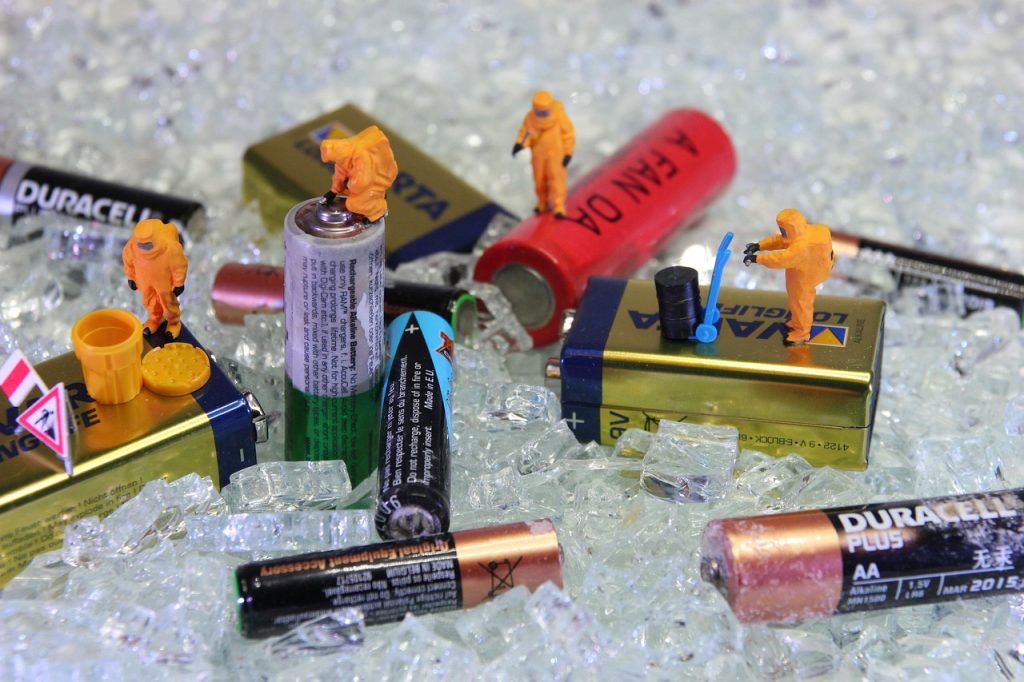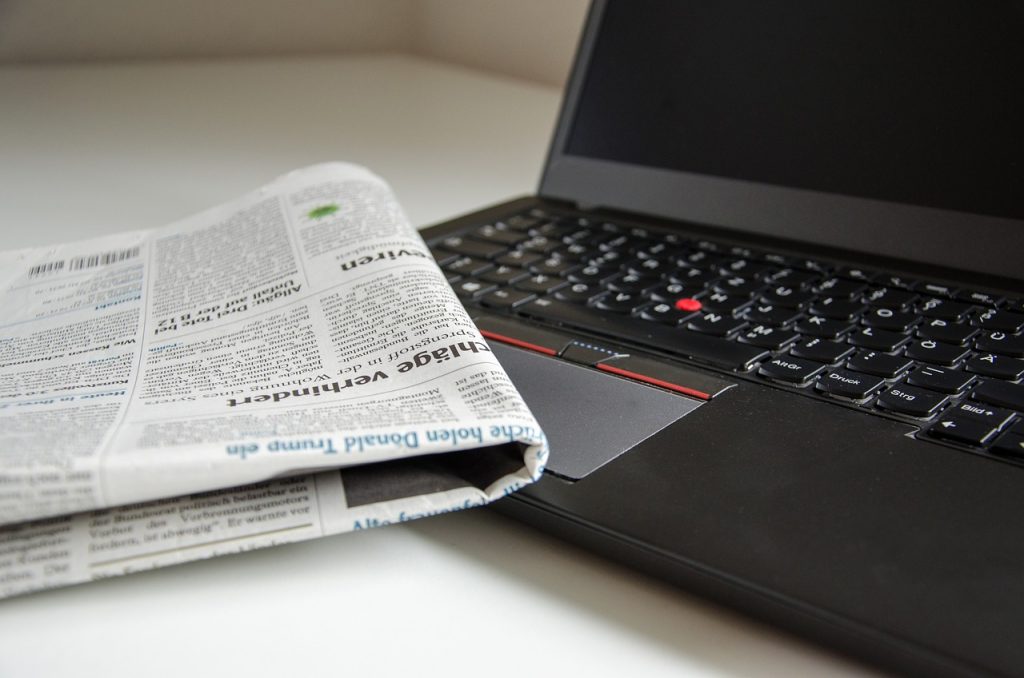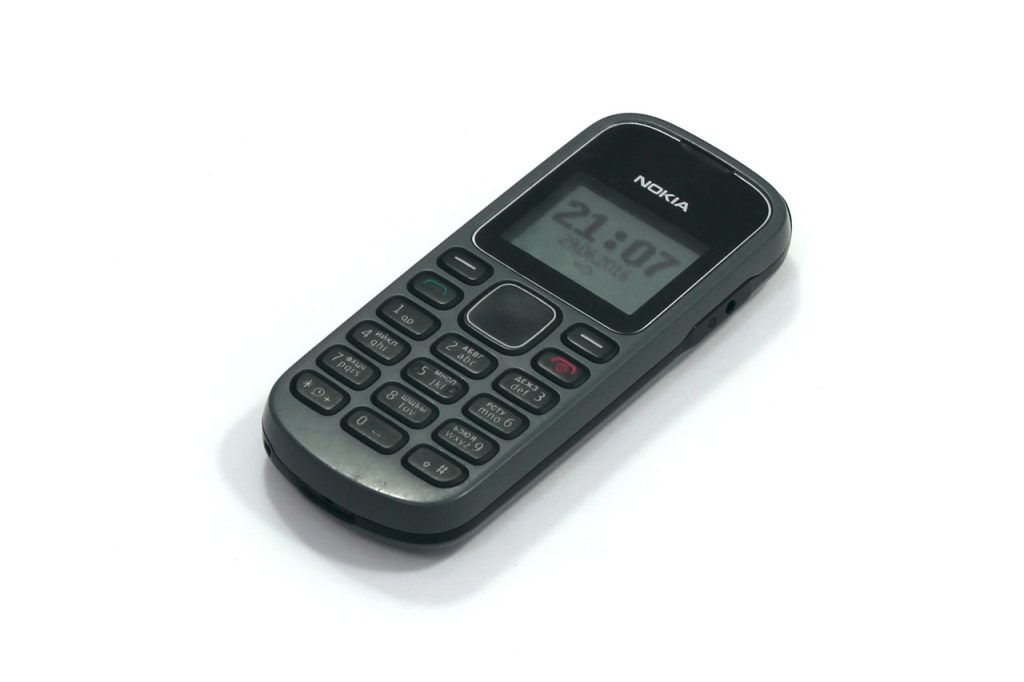- Disassemble the electric toothbrush, separating the rechargeable battery, motor, bristles, and plastic body.
- Dispose of the plastic body in your regular recycle bin or take it to a specified drop-off location if required.
- Recycle the rechargeable battery using a specialized recycling program or initiative.
- Check the labels on the toothbrush head, bristles, and internal mechanical parts for specific recycling instructions.
- For the toothbrush heads, clean them under running water to remove any residual toothpaste or debris before recycling.
The Nuances of Electric Toothbrush Recycling: Batteries, Labels, and More
As we strive for sustainability, we cannot overlook the importance of electric toothbrush recycling. For those unaware, it isn’t as straightforward as throwing it into the recycling bin with your soda cans and cardboard. There are certain nuances to consider, including the batteries and labels, and how to dispose of them properly to ensure we don’t add more waste to our environment.
Most electronic devices, such as your beloved electric toothbrush, contain batteries. In fact, the presence of batteries inside these products adds a layer of complexity to their disposal. Batteries pose certain environmental risks if not disposed of correctly. They contain harmful chemicals that can seep into the ground, contaminate our water sources, and endanger wildlife. Hence, batteries should be removed and set apart for appropriate recycling schemes available in many localities.
But what about the labels? often printed on adhesive paper, these can be problematic for waste facilities. Electronics are typically shredded in the recycling process, making removal of these labels incredibly challenging. Some facilities may be equipped to handle this efficiently, but many are not, leading to a significant delay in the disposal process. Hence, removing labels prior to disposal is recommended where possible.
On comparing with a regular manual toothbrush, electric ones definitely have a more complicated recycling process. However, the environmental benefits they offer in terms of lesser water waste make them a more sustainable choice in the long run. A manual toothbrush, with its plastic handles and nylon bristles, is difficult to recycle and often ends up in landfills where it will sit for thousands of years. So while the recycling process for an electric variant might initially seem tedious, it’s a small price to pay for a cleaner, greener planet.
Such efforts underscore the importance of recycling electronic products and keeping our environment free from unnecessary waste. As we continue to innovate, we must also prioritize resource recovery and ensure that nothing ends up in the trash that could have been salvaged and reused.
The Two-Step Process to Recycle Electric Toothbrushes
While it might seem like a complex affair, understanding how to recycle electric toothbrushes is easier than you think. There’s a simple two-step process you can follow to ensure that your old toothbrush doesn’t harm the environment. Each part of the electric toothbrush can be recycled if it’s disposed of correctly. Some parts can also be reused, making the entire process all the more efficient and eco-friendly.
The two-step process begins with disassembling the toothbrush. Remember, it’s an electric toothbrush, which means it has several components such as the rechargeable battery, the motor, and the bristles. Very often, the plastic body can be thrown into your regular recycle bin. However, some recycling programs might ask you to take them to a drop-off location. Keep a look out for these nuances of electric toothbrush recycling.
Once disassembled, the rechargeable battery is the next component you’ll need to deal with. Batteries can be dangerous if they’re not disposed of properly, which is where recycling programs come in. There are numerous programs available that allow you to safely recycle your electric toothbrush’s batteries. Depending on where you live, you might even discover an initiative with an effective and efficient approach to recycling electric toothbrushes.
After your electric toothbrushes are successfully disassembled and the batteries have been disposed of using a reliable recycling program, the next and final step is everything else. This includes the toothbrush head, bristles, and internal mechanical parts. These components can differ depending on the type of electric toothbrush, so make sure to check the labels for instructions.
Remember: recycle and reuse whenever possible. Embracing the two-step process to recycle electric toothbrushes is more than being environmentally conscious. It’s about taking small but significant steps towards a sustainable future.
Everything about Recycling Electric Toothbrush Heads: A Comprehensive Guide
When it comes to oral hygiene, one item that’s often overlooked in recycling discussions is the electric toothbrush. In this comprehensive guide, we’ll discuss everything about recycling electric toothbrush heads — from how these elements can be recycled, to where you should take them for processing. First off, it’s important to note that not all parts of the electric toothbrush are recyclable. The plastic handle, for example, often cannot be recycled due to the electrical components. However, the heads are often made entirely of plastic and are therefore, normally, able to be recycled.
Before you recycle these heads, take a moment to contact your local recycling center. Ask if they accept electric toothbrush heads. If they do, great! If not, don’t worry, there are other options you can explore. Some oral care companies offer recycling programs for their products — both in-home and at school — making it easy for people of all ages to participate in recycling. These companies may also have partnerships with recycling organizations, further expanding the potential for these items to be recycled.
To recycle the heads of your toothbrush, remove them from the base of the device. Next, clean the heads under running water to remove any residual toothpaste or debris. Once clean, they can be placed in a recycling bin or, if available, a specialized container for oral care products.
If you’re wondering what happens to your toothbrush heads once they’re recycled, they are typically shredded into small pieces, sorted by plastic type, and eventually repurposed into new products. So, remember to recycle your electric toothbrush heads correctly. Not only does it help in reducing waste, but also contributes towards creating a sustainable environment.
Next time you want to replace the heads of your toothbrush, keep in mind that recycling is a great alternative to just throwing them in the trash. This ensures not just an improved oral health, but also a cleaner, healthier planet.”




